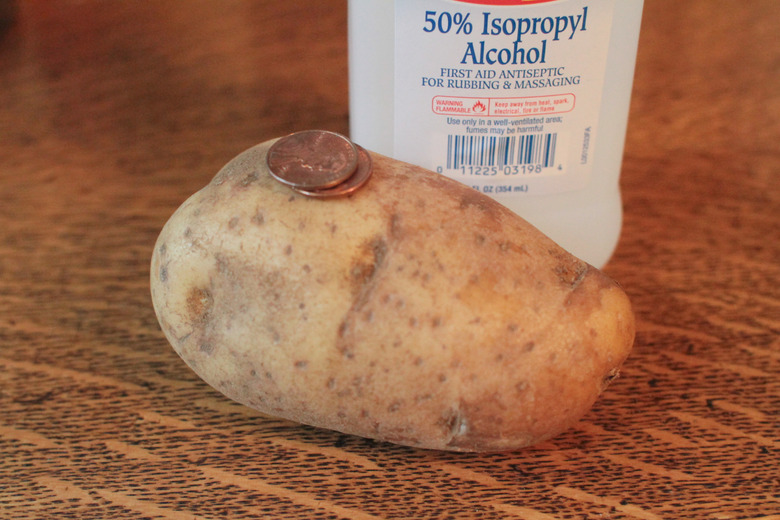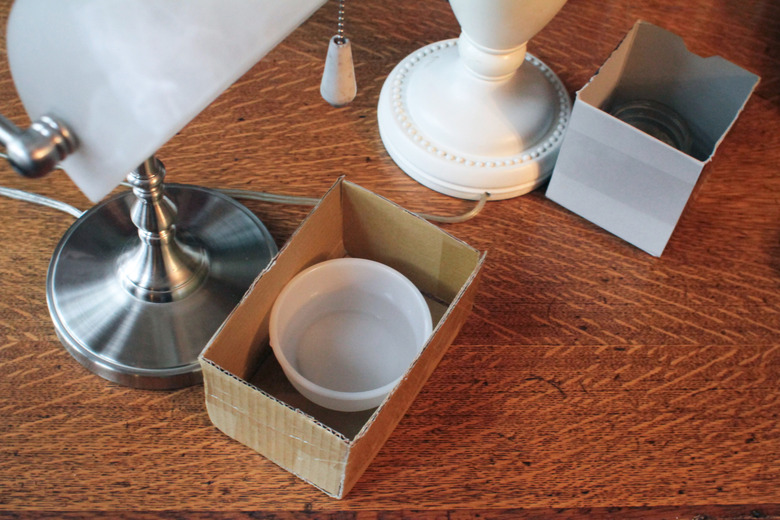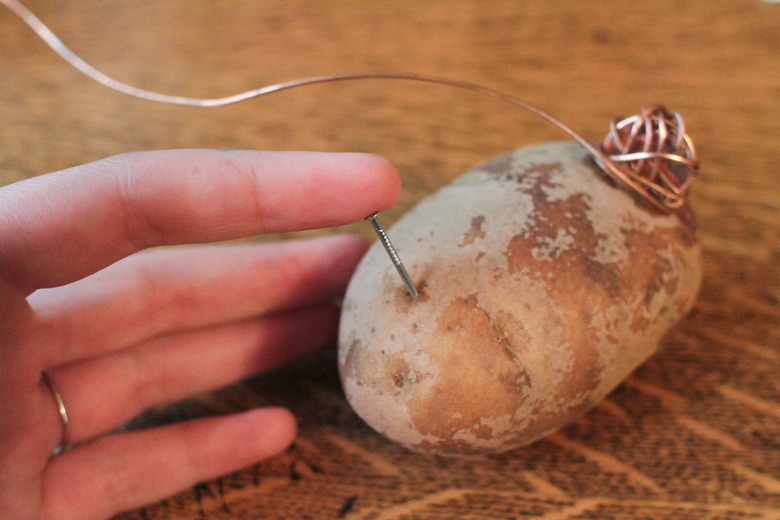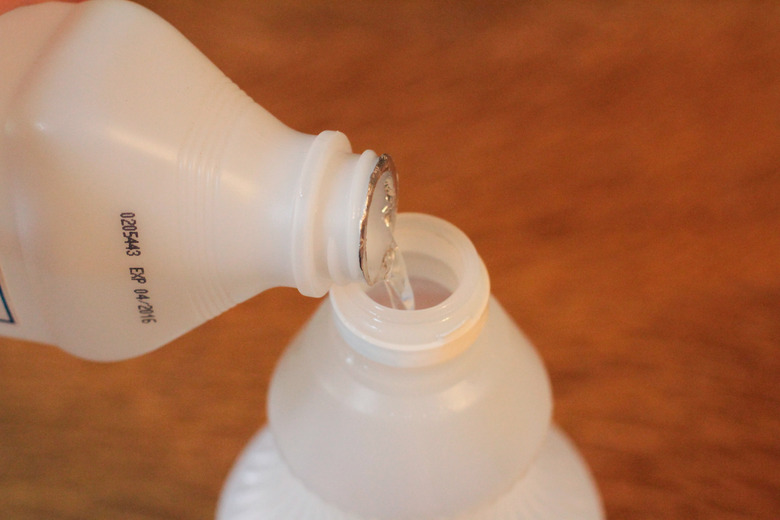Cool 7th Grade Science Experiments
Science is a main subject in the middle school learning curriculum, and sometimes a science-fair project will count as a percentage of the student's grade. Helping your child to choose a cool, fun science project for her science fair may help to peak her interest, hence improve her grade.
Heat and Evaporation Experiments
Heat and Evaporation Experiments
One interesting science project for kids grades 4 through 7 is an evaporation and heat experiment. You'll need a few boxes, water dishes and light bulbs of various wattage in small lamps. Children can establish a hypothesis regarding which wattage of bulbs will evaporate the water faster and then prove it by performing tests on their samples. Kids can measure equal amounts of water into each dish, place the water dishes in separate boxes, and place a different wattage of light bulb over each dish. After a specified amount of time, the children can remove the lights and measure the remaining water to see which bulb evaporated the water most rapidly.
Potato Lamp
Potato Lamp
By attaching a low voltage bulb to a potato, middle school student can safely learn to create an electric charge. This science project is recommended for children from grades 3 through 8. Student will take a penny and wrap a piece of electrical wire around it. Then they should wrap the other end of the wire around a galvanized nail. Once this has been done, the kids can cut a potato in half and insert the penny into one half of the potato and the nail into the other. Students will then attach two alligator clips to the wire and the opposite ends of both alligator clips will be attached to the end of a small light emitting diode (LED). If the project is successful, the LED will light up. Fresh potatoes have been found to be most effective in this experiment.
Home-Made Thermometer
Home-Made Thermometer
A cool science project that children may find interesting is making a thermometer. By taking a water bottle and filling it with 25 percent water, 50 percent rubbing alcohol, leaving 25 percent empty, and then placing a straw inside, children can create a device to measure heat levels in the water. Be sure the children use tape or modeling clay at the top of the bottle to secure the straw in an upright position. When the bottle is placed near a heating device you should begin to see the liquid rise up through the straw as the water becomes warmer.
Cite This Article
MLA
Renee, Michelle. "Cool 7th Grade Science Experiments" sciencing.com, https://www.sciencing.com/cool-7th-grade-science-experiments-6385121/. 24 April 2017.
APA
Renee, Michelle. (2017, April 24). Cool 7th Grade Science Experiments. sciencing.com. Retrieved from https://www.sciencing.com/cool-7th-grade-science-experiments-6385121/
Chicago
Renee, Michelle. Cool 7th Grade Science Experiments last modified August 30, 2022. https://www.sciencing.com/cool-7th-grade-science-experiments-6385121/



